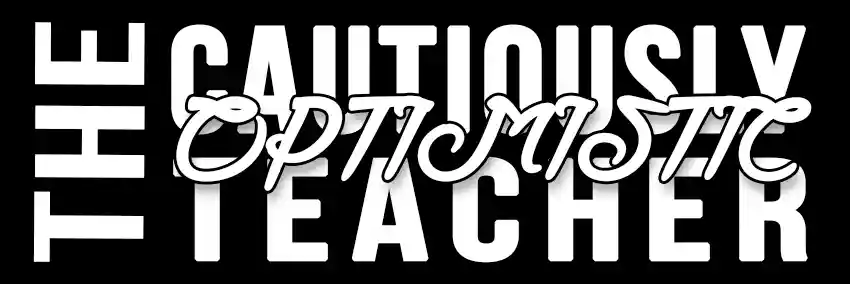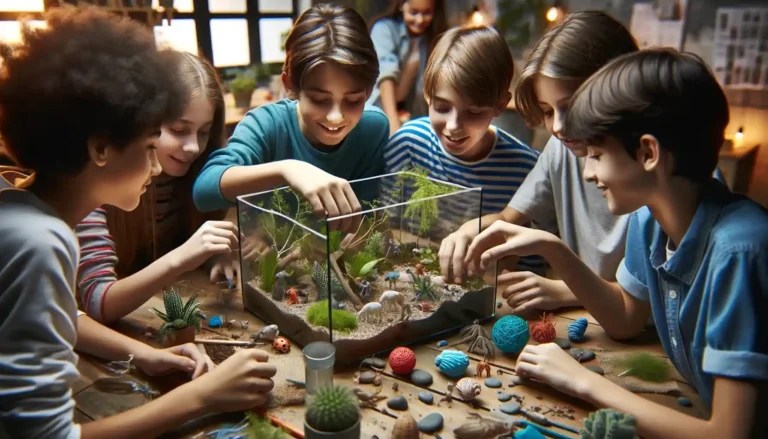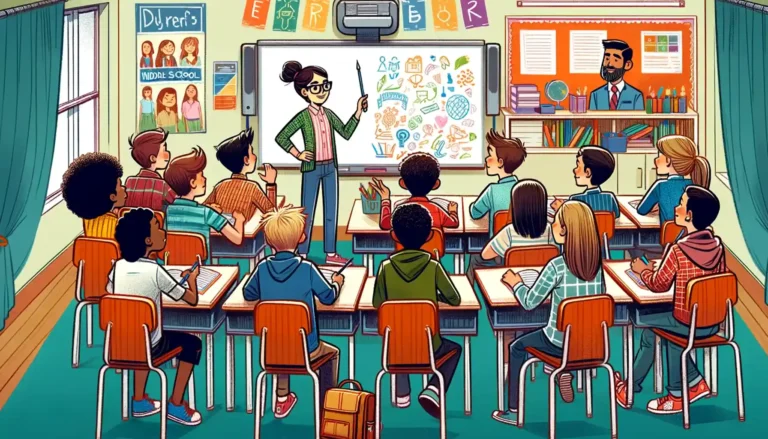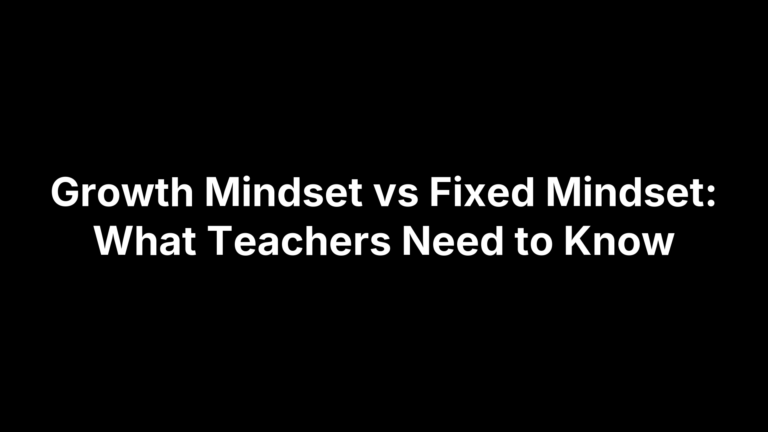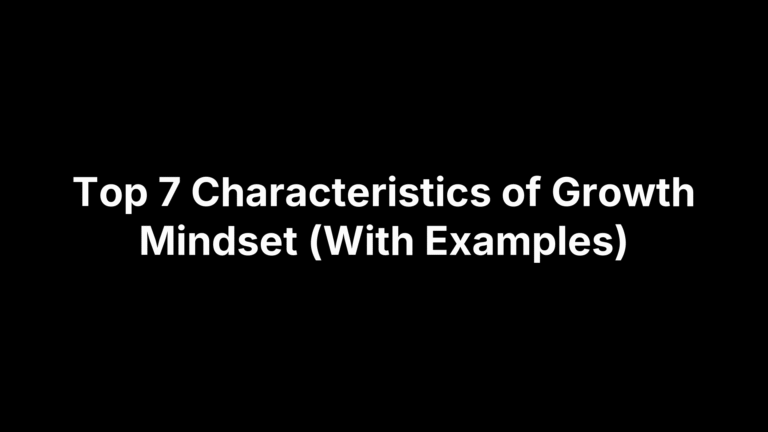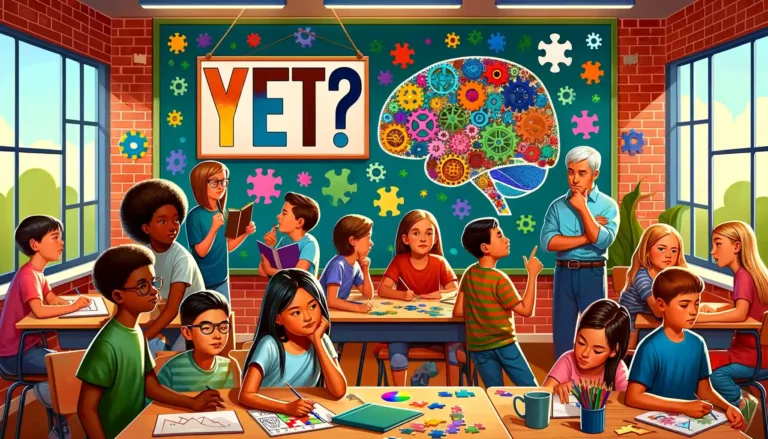Introduction to Teaching Growth Mindset in Middle School
Welcome to our exploration of one of the most transformative concepts in education today: the growth mindset in middle school. This approach to learning and personal development has the power to change how we teach, learn, and perceive our abilities. But what exactly is a growth mindset, and how does it differ from its counterpart, the fixed mindset?
A growth mindset, a term coined by psychologist Carol Dweck, refers to the belief that our talents and intelligence can be developed through dedication, hard work, and feedback. It’s the understanding that effort leads to mastery and that challenges are opportunities to grow. In contrast, a fixed mindset is the belief that our talents and intelligence are innate traits that we can’t change. People with a fixed mindset might view challenges as threats to their intelligence, leading to avoidance of difficult tasks for fear of failure.
But why is fostering a growth mindset so crucial in the educational environment? The answer lies in its profound impact on students’ motivation, resilience, and, ultimately, their success. When students believe that their efforts can lead to improvement, they’re more likely to embrace challenges, persist through difficulties, and see failure not as a reflection of their worth but as a stepping stone to learning. This belief system enhances academic achievement and prepares students for the inevitable obstacles they will face outside the classroom.
Incorporating a growth mindset into teaching practices encourages a culture of feedback, continuous learning, and mutual support among teachers and students alike. This atmosphere fosters an inclusive community where every student’s growth potential is recognized and nurtured.
As we continue our exploration of a growth mindset and its application in the classroom, remember that the goal is not to praise effort for effort’s sake but to encourage a deep, persistent engagement with learning. The journey from a fixed to a growth mindset is not instantaneous—it requires reflection, adaptation, and, most importantly, a commitment to change from educators and students alike.
The Foundations of a Growth Mindset
The origins of the growth mindset concept trace back to the groundbreaking work of psychologist Carol Dweck, whose research has revolutionized our understanding of intelligence, achievement, and motivation. Dweck’s studies have shown that how individuals perceive their abilities significantly influences their learning outcomes and success. Through her research, Dweck identified two distinct mindsets—the fixed mindset and the growth mindset—and demonstrated how these mindsets can shape our lives.
At the heart of a growth mindset is the belief that intelligence and talents are not fixed traits but can be developed over time. This perspective encourages individuals to engage in their learning actively and view effort as a pathway to mastery. Unlike a fixed mindset, where effort is often seen as pointless if success isn’t immediate, a growth mindset values the process of learning. It recognizes that struggle is a natural part of personal development.
For those with a growth mindset, challenges are not obstacles that threaten their self-esteem but opportunities to extend their abilities and learn something new. This outlook transforms how individuals approach difficult tasks, making them more likely to tackle problems head-on rather than avoid them. By stepping out of their comfort zones and taking on challenges, individuals with a growth mindset can expand their capabilities and discover new strengths.
One of the most empowering aspects of a growth mindset is its approach to failure. Instead of viewing failure as a mark of incompetence or a sign to give up a growth mindset sees failure as a valuable source of feedback and a crucial step in the learning process. This perspective helps individuals to persevere in the face of setbacks, learn from their mistakes, and ultimately, achieve greater success.
Carol Dweck’s research emphasizes that mindsets are not static; they can be shifted through awareness and effort. By understanding and embracing the principles of a growth mindset, educators and students alike can foster an environment where learning is celebrated, challenges are welcomed, and failure is not feared but embraced as a part of growth.
The Role of Teachers in Cultivating a Growth Mindset
Teachers play a pivotal role in shaping their students’ mindsets. The attitudes, beliefs, and behaviors exhibited by educators can significantly influence how students perceive their abilities and approach learning. A teacher’s approach to challenges, feedback, and failure can foster a growth mindset or reinforce a fixed one. Recognizing this influential position, teachers have the unique opportunity to model a growth mindset, creating a classroom culture that encourages continuous learning and resilience.
The language used by teachers can have a significant impact on students. Phrases emphasizing growth, effort, and learning over fixed traits can help cultivate a growth mindset. For example, instead of saying, “You’re so smart,” you might say, “I’m impressed by how hard you worked to understand this concept.” This shift in language highlights the value of effort and the learning process rather than innate ability.
Teachers can also model a growth mindset by sharing their own experiences of facing and overcoming challenges. When students see that their teachers are also learners who encounter obstacles, make mistakes, and persevere, they learn that challenges are a normal part of the learning process. These stories can inspire students to embrace their own struggles as opportunities for growth.
Celebrating effort and persistence rather than just natural talent or quick success sends a powerful message to students. It teaches them that dedication and hard work are key to achieving their goals. By praising the strategies students use, the effort they put in, and their persistence in the face of difficulty, teachers reinforce the idea that growth and improvement are accessible to everyone, regardless of their starting point.
By implementing these simple strategies, teachers promote a growth mindset and help students develop a more positive and resilient approach to learning. This encourages students to embrace challenges, persist through setbacks, and view effort as a path to mastery. By modeling a growth mindset, teachers can significantly impact their students’ attitudes toward learning, leading them to lifelong success and fulfillment.
Practical Classroom Strategies for Fostering a Growth Mindset
Cultivating a growth mindset in students is a dynamic process that requires intentional practices and strategies. By fostering an environment that values learning, resilience, and effort, teachers can encourage students to adopt a growth mindset. Here are actionable tips for teachers aiming to nurture this mindset:
Setting and Reflecting on Growth-Oriented Goals
Collaborative Goal-Setting: Involve students in setting personal and academic goals that are challenging yet achievable. These goals should focus on learning and improvement rather than solely on outcomes.
Regular Reflection: Encourage students to reflect on their progress towards these goals regularly. Reflection sessions can help students recognize their growth, understand the value of their effort, and adjust their strategies as needed.
Creating a Classroom Culture That Values Hard Work and Persistence
Celebrate Effort: Make it a practice to acknowledge and celebrate effort and persistence in the classroom. Highlight examples of hard work leading to improvement, regardless of the immediate outcome.
Normalize Struggle: Create an environment where struggle is seen as a natural part of the learning process. Share stories of people who have achieved great things through persistence and hard work to illustrate that challenges can be overcome.
Process-Oriented Feedback: When giving feedback, focus on the strategies students used, their effort, and what they learned from the experience. This type of feedback encourages students to persist and try different strategies.
Encourage Self-Assessment: Teach students how to critically assess their own learning and efforts. Self-assessment skills enable students to become more independent learners and recognize their own progress.
Foster a Safe Environment for Mistakes: Cultivate a classroom atmosphere where mistakes are viewed as learning opportunities rather than failures. This approach encourages students to take risks and experiment without fear of judgment.
Reflective Discussions: Incorporate discussions that allow students to reflect on their mistakes and the learning derived from them. Questions like “What would you do differently next time?” or “What did this mistake teach you?” can help students internalize lessons learned from setbacks.
Integrating these strategies into your teaching practice can help build a classroom culture that champions a growth mindset. This culture supports academic achievement and prepares students with the resilience and adaptability needed for lifelong success.
Overcoming Challenges with a Growth Mindset
While the benefits of cultivating a growth mindset in students are clear, teachers often encounter challenges in this endeavor. These obstacles can stem from students’ previous experiences, existing classroom cultures, or even the broader educational system. Here are some common challenges and strategies for overcoming them:
Dealing with Resistance from Students Accustomed to a Fixed Mindset
Challenge: Some students may resist adopting a growth mindset because they are deeply entrenched in a fixed mindset, believing their abilities are static and unchangeable.
Solution: Start with small, achievable goals to help these students experience success through effort. Use these successes as teachable moments to illustrate the power of a growth mindset. Share stories of people who have overcome similar resistance, gradually building students’ belief in their ability to grow.
Balancing the Encouragement of Effort with the Need for Achieving Specific Academic Standards
Challenge: Teachers might find it difficult to encourage effort and persistence while also ensuring students meet specific academic standards and outcomes.
Solution: Focus on effort and improvement as the pathways to achieving those standards. Make clear connections between the effort, the learning process, and academic success. Use formative assessments to provide ongoing feedback, allowing students to see their progress toward meeting standards through their efforts.
Integrating Growth Mindset Principles into Various Subjects and Learning Activities
Challenge: Applying growth mindset principles across different subjects and activities can seem daunting, especially when curricula are already packed and prescriptive.
Solution: Look for opportunities within existing lessons and activities to highlight growth mindset principles. This could be through math problem-solving, writing revisions, or experimental scientific processes. Emphasize the learning process and effort in each subject, showing how a growth mindset applies universally.
Additional Strategies for Fostering a Growth Mindset
Modeling Growth Mindset: Continuously model a growth mindset yourself. Show enthusiasm for learning, openly discuss your learning processes, and share how you overcome your own challenges.
Peer Learning: Encourage peer learning opportunities where students can teach and learn from each other. This reinforces the concept that everyone has the potential to grow and builds a supportive classroom community.
Parent Engagement: Engage parents in the process by explaining the concept of a growth mindset and offering strategies they can use at home. This creates a consistent message and environment for growth at school and home.
Fostering a growth mindset in students is a dynamic and ongoing process that requires patience, creativity, and persistence. By addressing these common challenges with thoughtful strategies and solutions, teachers can create a learning environment that promotes resilience, encourages continuous improvement, and prepares students for the challenges and opportunities of the future.
Implementing growth mindset strategies within educational settings requires a class-cultural shift toward embracing potential, perseverance, and positivity. The transformation in students’ engagement and performance underscores the necessity of fostering such an environment. As educators, the commitment to nurturing a growth mindset in students equips them with the tools to navigate academic challenges and life’s obstacles, ensuring they emerge as resilient learners ready to tackle the world. While demanding patience and dedication, this journey promises to enrich the educational experience, making it a pivotal endeavor for the future of teaching and learning.
In this unit, we will embark on a journey to cultivate a growth mindset in our students by explicitly teaching them what it entails and equipping them with strategies to nurture growth-oriented thought patterns. Through a combination of interactive lessons, reflective activities, and real-world examples, we aim to shift their perspective from a fixed to a growth mindset, emphasizing the power of effort, resilience, and belief in their ability to improve and learn. By instilling these principles, we aim to empower our students to embrace challenges, learn from feedback, and view setbacks as opportunities for growth, ultimately fostering a lifelong love for learning and personal development.
